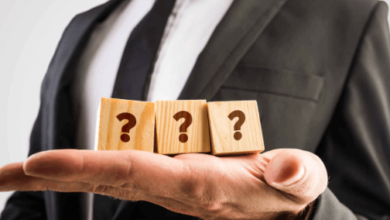Take Pictures After a Car Accident -Effective Tips!

Car accidents may cause havoc. Sitting in a wrecked automobile with airbags deployed and a smashed windshield can make it hard to decide what to do next. First, check yourself and others, call the police, receive emergency medical attention if needed, and get to safety. A car accident scene should be photographed.
Most individuals do not know how dramatic car accident images may be. Car accident images showing damage and injuries can make or break a claim. Legal advice should always be taken.
A snapshot can show how an accident happened, what contributed to it, and how much harm a victim received from the collision. Car accident photos depict injuries, car damage, and facts that may be crucial later, such as who was at the scene and what traffic signs were posted.
Photographing Car Accidents
A few vehicle accident scene photography tips can improve the images. To gather the most proof, try these:
1. Capture the scene, not just the damage.
Car damage photos are crucial. Context matters. Even if you do not notice them, nearby items may be proof. Photograph nearby businesses. These companies may have surveillance cameras that record the collision. Photo reminders will let you contact these businesses later.
2. Photograph traffic signs.
You may question why photographing a stop sign or traffic light matters. The presence of a traffic sign may help reconstruct an accident. Overgrown vegetation at a crossroads may obscure traffic signs and approaching vehicles. A photograph of a yield sign at an overgrown crossroads may indicate that the at-fault car failed to yield. Accident photos are vital because overgrown shrubs can be cut.
3. Photograph witnesses, police, and the other driver.
Knowing more about an accident site is helpful. Thus, photograph bystanders, police officers, and the other driver. Photograph passengers. These photos will help your attorney recall witnesses for testimony.
4. Photograph deterioration.
Accidents usually have much damage to the picture. Damage may include interior and external vehicle damage, structure damage, and roadway or sign damage. Take many photos of the damage and any skid marks, debris, or other indicators of an accident.
5. Capture key details.
You may forget some crash specifics. Photograph the other driver’s make, model, license plate number, insurance, registration, police badge, and something with a time and date stamp, like your cellphone.
6. Photograph injury.
After a crash, photographing your injuries is crucial. Your injuries should be photographed immediately.
7. Take more photos than necessary.
Take more photos than necessary. A photograph may reveal something you missed. Take images of everything you think is essential and from numerous angles.




